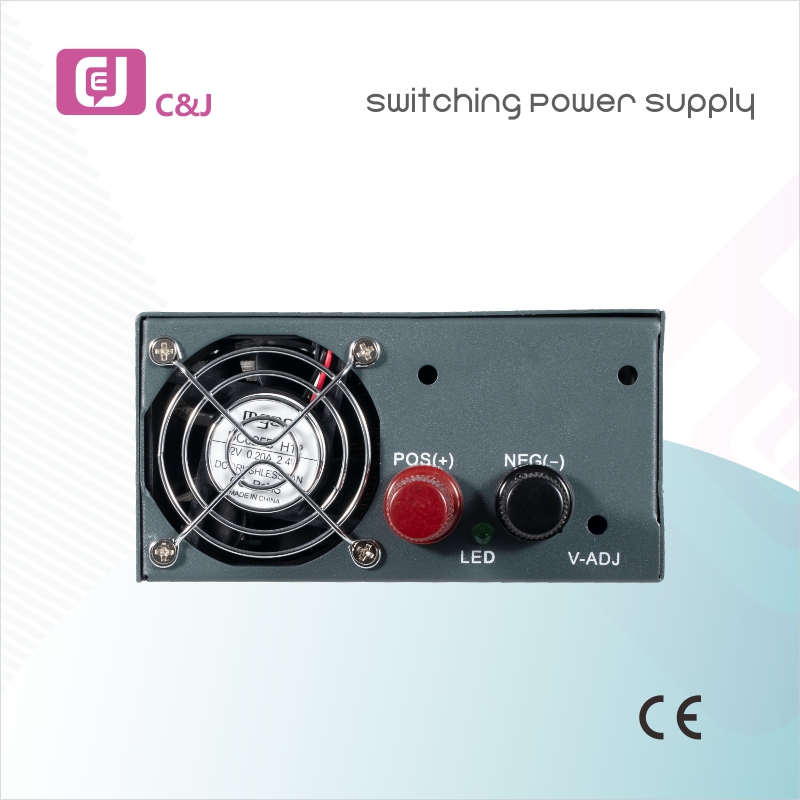Keeping our homes safe requires avoiding certain shortcuts, especially when working with circuit breaker boxes. These boxes are the heart of our electrical systems, responsible for controlling and distributing power throughout our homes. Unfortunately, in the face of increasing power demands and limited space in older electrical panels, some homeowners resort to cramming more circuits into an outdated panel, compromising safety and efficiency.
Many homes built before the year 2000 were equipped with 100-ampere electrical panels, while some older homes may have panels rated for as little as 60 amperes. However, the demands of modern living, with its myriad of advanced appliances, entertainment equipment, and charging devices, often require a 200-ampere electrical panel. While finding quick fixes and workarounds may be tempting, these shortcuts can lead to severe consequences. Keeping our homes and loved ones safe takes top priority, so it's essential to take extra caution and avoid any risky shortcuts. Pure Sine Wave Inverter

Advanced appliances, multiple televisions, gaming systems, and a plethora of electronic devices put a significant strain on outdated panels, but overloading the existing circuits can lead to a host of problems, including tripped breakers, flickering lights, and frequent power outages. Even worse, overloaded circuits are at a higher risk of overheating, which can damage electrical components and increase the likelihood of electrical fires. The strain on the system can also result in premature equipment failure and costly repairs.
Another effect of taking shortcuts when working with circuit breaker boxes is the presence of tangled and improperly connected wires making improper connections and lacking organization. When wires are crammed together or pressed against other conductive materials, they can generate excessive heat that can damage the insulation, increase electrical resistance, and ultimately lead to short circuits or electrical fires.
Finally, double-tapping occurs when two wires are connected to a single breaker meant for a single wire. Over time, the vibrations, thermal expansion, and contraction can cause the connections to work themselves loose. Loose connections increase resistance and generate heat, creating a hazardous situation that can result in arcing, electrical faults, and potential fires.
Exploring preventive measures and best practices for maintaining a safe and efficient electrical system is essential. For instance, schedule regular inspections of your circuit breaker box by a qualified electrician. They can identify signs of wear, loose connections, or overloaded circuits. Avoid overloading circuits by plugging in too many devices or using power strips excessively. Distribute your electrical load evenly to prevent overheating and tripped breakers. Consider installing additional circuits if needed.

Dc Mcb Maintain a well-organized wiring system within your circuit breaker box. Properly label wires and ensure they are neatly routed and separated. Never connect two wires to a single breaker designed for one. If you encounter double-tapped breakers during maintenance, or your home's electrical panel is outdated and unable to meet the demands of modern appliances and devices, consider professional upgrades. Upgrading to a higher-capacity panel can provide ample room for additional circuits and ensure safe power distribution.